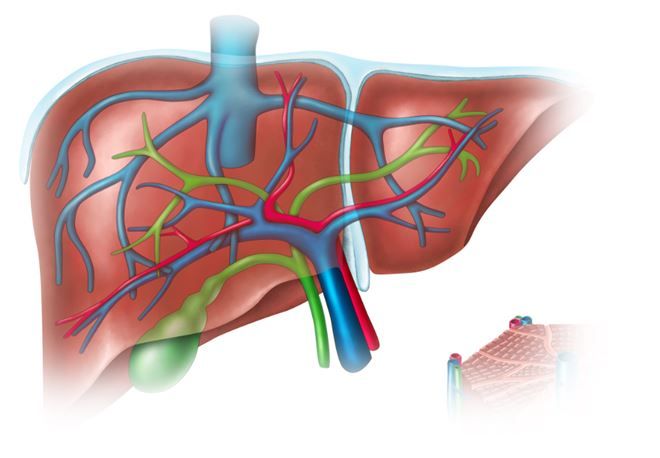Persistent Pruritis and Progressive Fatigue in a 42-year-old Woman
The patient also has a 2-year history of elevated ALP. Results of MRCP and liver biopsy guide next steps. What's your choice?
©Andrea Danti/stock.adobe.com

A 42-year-old woman presents with 1 year of diffuse itching and progressive fatigue. On review of her chart you note a 2-year history of elevated alkaline phosphatase. Her current laboratory results are notable for:
- AST 76 U/L
- ALT 65 U/L
- Alkaline phosphatase 518 U/L
- Total bilirubin 1.7 mg/dL
- Viral serologies, negative
- IgG4, WNL
- Antinuclear antibodies, weakly positive at 1:238
Magnetic resonance cholangiopancreatography (MRCP) is unremarkable without biliary ductal dilation. Percutaneous liver biopsy is performed and demonstrates a mononuclear inflammatory infiltrate surrounding the bile ducts.
What is the next step in management?
A. Initiate prednisone
B. Order endoscopic retrograde cholangiopancreatography (ERCP)
C. Initate tenofovir
D. Initate ursodeoxycholic acid
Please click here for answer and discussion.
Answer: D. Initiate ursodeoxycholic acid
This patient is demonstrating findings consistent with chronic cholestatic liver disease and her liver biopsy results are highly concerning for primary biliary cholangitis (PBC). A positive antimitochondrial antibody and elevated alkaline phosphatase are all that is required to make the diagnosis and biopsy is often unnecessary. Once a diagnosis of PBC is made, the treatment of choice is ursodeoxycholic acid.
Prednisone is not recommended in PBC unless there is evidence of concomitant autoimmune hepatitis. Tenofovir would not be indicated as there is no evidence of viral hepatitis B. ERCP would be unnecessarily invasive because the MRCP did not demonstrate any evidence of large duct obstruction.
Clinical Tips for Using Antibiotics and Corticosteroids in IBD
January 5th 2013The goals of therapy for patients with inflammatory bowel disorder include inducing and maintaining a steroid-free remission, preventing and treating the complications of the disease, minimizing treatment toxicity, achieving mucosal healing, and enhancing quality of life.